Updated on December 4, 2020
Black tire marks are an unfortunate reality of a car on your concrete driveway or garage floor. Here, we discuss how to remove tire marks from concrete or epoxy surfaces.
The method you use to remove tire marks depends on where the mark is in your garage or driveway.
RELATED: How to Clean Concrete
Removing tire marks from a concrete driveway
If your driveway has a decorative concrete coating, follow the following steps. This information also applies if you’re looking into how to get burnout marks off concrete.
See SUNDEK’s Maintenance Guide for detailed information on removing black rubber marks and grease or oil stains.
Get a cleaning estimate
From your local SUNDEK dealer
Removing tire marks from an epoxy garage floor
If your garage floor has an epoxy finish, follow these cleaning steps.
Caution: When searching online for how to clean tire marks off concrete, you might see alternate remedies such as Goof Off. From experience, we have found Goof Off to be too harsh, so we do not recommend it to remove tire marks from concrete or epoxy.
From experience, we have found Goof Off to be too harsh, so we do not recommend it to remove tire marks from concrete or epoxy.
If you have an alternate product you’d like to try, or you want more information about how to get tire marks off concrete, contact us.
Although you can’t prevent tire marks, you can prevent buildup that will make the tire marks harder to clean. We recommend hosing off and cleaning the affected area on a regular basis to prevent a heavy buildup.
Some customers place mats on the floor where their tires will be resting while parked in their garage.
If you’re curious why tire marks happen, Chris Sullivan provides a summary of the chemical process behind tire marks (from an article on ConcreteNetwork.com):
“This is a phenomenon called “plasticizer migration.” Plasticizer are polymer compounds added to rubber, glue and plastic to make them flexible. The rubber used to make car tires contains plasticizer to improve traction.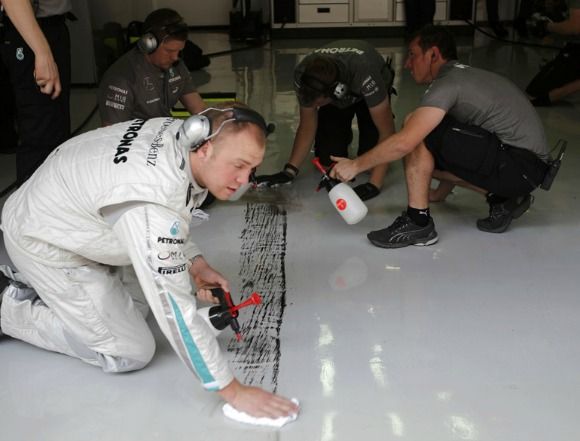 But when the car is driven, the tires heat up, causing the plasticizer to soften and leach out of the tire. When a hot tire is parked or driven on certain types of sealers, the plasticizer migrate into and discolor the sealer. The better the tire quality, the higher the quantity of plasticizer —and the greater the chance for hot tire marking. Lower-quality tires are harder and contain less plasticizer, so they usually result in less hot tire marking on sealers.”
But when the car is driven, the tires heat up, causing the plasticizer to soften and leach out of the tire. When a hot tire is parked or driven on certain types of sealers, the plasticizer migrate into and discolor the sealer. The better the tire quality, the higher the quantity of plasticizer —and the greater the chance for hot tire marking. Lower-quality tires are harder and contain less plasticizer, so they usually result in less hot tire marking on sealers.”
Related: Sealing Concrete Driveways
If your tire marks are especially stubborn, or you can't get rid of them completely, consider stripping and resealing your concrete or even resurfacing with a concrete coating.
It's time to get rid of that pesky tire scuff you've been meaning to clean up but haven't gotten around to. You've decided today is the day and you're wondering how to get tire marks off concrete. The answer is not as obvious as it might seem, but you may have realized that already if you've tried to wash it off to little avail. Luckily we've put together this guide on the best way to remove tire marks from concrete.
The answer is not as obvious as it might seem, but you may have realized that already if you've tried to wash it off to little avail. Luckily we've put together this guide on the best way to remove tire marks from concrete.
Here's our step by step guide on how to remove tire marks from concrete and get your driveway or garage floor looking pristine again.
Step 1. Clear the concrete floor of any debris
You'll want to make sure that you get all items off your garage floor or driveway. Make sure to cover up anything that might be in the way and could get wet or damaged. You'll also want to make sure you cover up any delicate plants in the surrounding area to ensure they are protected.
Step 2. Pour degreaser on the tire marks and let it sit
Use some concrete degreaser, like our CSP Degreaser, and pour it onto the scuffs and let it set for about 30 minutes while ensuring that you don't let it dry. The key here is to not let the degreaser dry, so continue adding more as needed to keep it saturated wet. During warmer months try to do your work in the cool part of the day and with less sun so it does not dry out as quickly.
The key here is to not let the degreaser dry, so continue adding more as needed to keep it saturated wet. During warmer months try to do your work in the cool part of the day and with less sun so it does not dry out as quickly.
Step 3. Scrub the area with a stiff straw brush
While some people say that they only need to pour on the CSP and allow it to sit a few minutes and then it will power wash right off, we still find that scrubbing it with a straw brush usually gets it up better. Scrub the area using our high quality Straw Concrete Scrub Brush to move the degreaser around as it soaks in, and after the 30 minutes aggressively scrub it once more. You can also use a floor scrubber or floor buffing machine with the black aggressive scrubbing/stripping pad.
Step 4. Apply some more degreaser and continue scrubbing
You should apply some more degreaser after a few minutes and scrub some more. You won't usually need to do too much scrubbing at this point, but it's best to apply some more and give one last scrub.
You won't usually need to do too much scrubbing at this point, but it's best to apply some more and give one last scrub.
Step 5. Wash it off with a power washer
You can use a power washer or a sprayer nozzle to wash off the degreaser. If you are indoors, you can use a mop to wash it off.
Things to keep in mind
The CSP degreaser/cleaner is great for normal tire marks. Especially in garages, homeowner driveways, and the such. For really intense and massive tire marks such as on a commercial driveway or parking lot, while it usually works fine, if the CSP degreaser isn't strong enough, then you may need to move towards a harsh chemical such as Xylene.
It's also important to note that the CSP degreaser will work to strip concrete sealers. So while it's great for cleaning and prep, you shouldn't use it on sealed concrete unless you intend to strip the surface of the sealer for re-sealing. Just be aware that you should only use the CSP degreaser sparingly on sealed concrete and understand that you are still slowly stripping the sealer.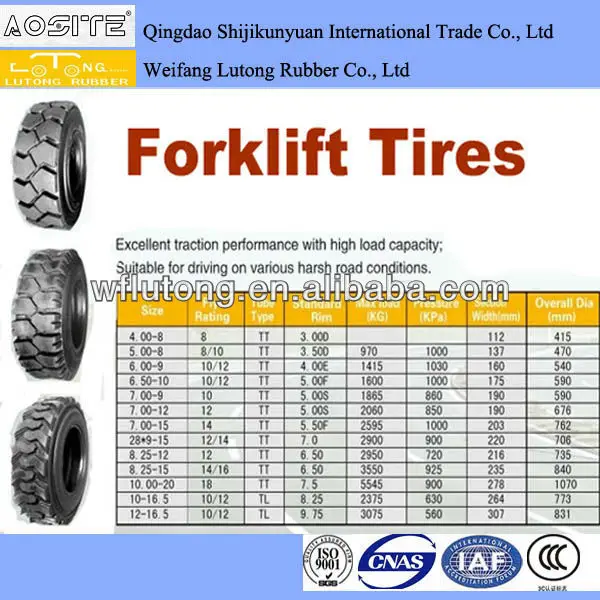
Planning to reseal? Make sure to check out our guide on sealing concrete and our Clear Shield water based sealer to ensure you get a long lasting finish on your newly cleaned concrete floor.
Add To Cart
View Product
Cement screed is the most commonly used type of screed. This flooring requires special attention when cleaning and maintaining. This is due to the fact that it is subjected to extreme loads and at the same time must meet the safety requirements of the enterprise. For this reason, it is important to choose the right equipment for everyday, intermediate and general cleaning.
Cement screed consists of sand or gravel, cement and water and is the most commonly used type of screed. In the industrial sector, only hard floors are produced, which, due to their strength, are able to withstand very high traffic loads.
Cement screed has one feature: when exposed to acids, its structure becomes similar to washed concrete, i.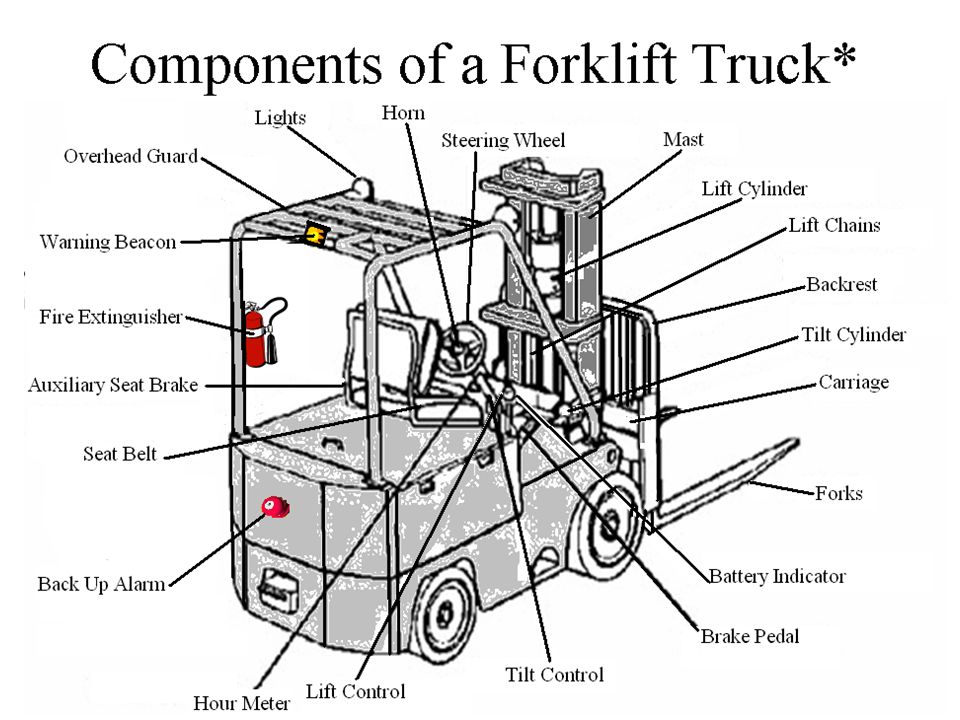 e. it becomes rougher, making it difficult to clean the floor. Cleaning of smooth coatings with strong alkalis (pH value over 10) can lead to matting of the surface. nine0003
e. it becomes rougher, making it difficult to clean the floor. Cleaning of smooth coatings with strong alkalis (pH value over 10) can lead to matting of the surface. nine0003
In addition, cement screed without surface treatment such as impregnation, sealing or special coating is prone to dust and dirt, and moisture can then penetrate faster. If the cement screed has not been treated, the moisture must be removed from the surface immediately during cleaning. In this case, only the one-step method should be used for cleaning.
Very heavy dirt can be removed before wet mopping with a suction sweeper. Stubborn dirt remaining after the construction phase, such as varnish, mortar, emulsion paint, resin or glue, is carefully removed with a spatula or blade. nine0003
Last residue...
 Then rinse thoroughly. Attention: do not use on emulsions with gloss and polymer coatings.
Then rinse thoroughly. Attention: do not use on emulsions with gloss and polymer coatings. Daily cleaning is done in one step. Red brushes or pads are used to remove light dirt on the scrubber drier. Work is carried out with reduced contact pressure and reduced speed of the cylindrical brush. As a cleaning agent for industry, a daily and intermediate cleaning agent is suitable, which is used at a dosage of 0.5 to 3 percent, depending on the degree of contamination. To do this, it is recommended to equip the machine with automatic dosing of detergent. Wiping or rinsing is not required - the floor can be walked on immediately. nine0003
If wet cleaning is not necessary due to cleaning requirements, daily cleaning can also be carried out with a suction sweeper.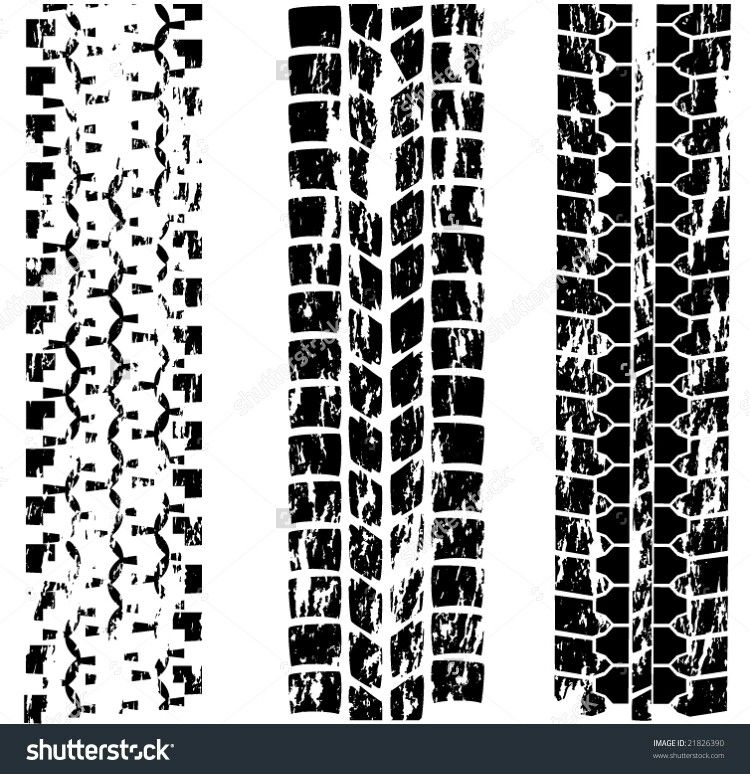
Dirt - such as oil, grease or tire marks that cannot be removed during daily cleaning - is removed at regular intervals during general cleaning. For this, powerful scrubber-drying and suction machines with a cylindrical head are used. If coverage allows, work with full contact pressure and green scrubbing brushes or pads using the two-step method. True, this should be done only in parts to avoid excessive wetting of the floor or too rapid re-drying of the cleaning solution. nine0003
As a cleaning agent, we recommend a universal base cleaner or an intensive base cleaner, which not only removes oil and grease, but also protective films. When removing protective films, the dosage is 50 percent.
Step 1: Apply the cleaning agent solution to the surface to be cleaned with a scrubber drier and wipe it two or three times until the dirt is completely removed.
Step 2: collect the dirty solution with a suction rod and a vacuum cleaner. Finally, treat the entire surface again with clean water using the one-step method: apply water - clean - vacuum. nine0003
Finally, treat the entire surface again with clean water using the one-step method: apply water - clean - vacuum. nine0003
To remove forklift brake marks or tire wear, a specially formulated NTA-free cleaner is sprayed undiluted onto soiled areas using a spray gun. Leave for a few minutes. Then clean the surface with a scrubber drier without adding any cleaning solution. Depending on the surface structure, the cylindrical head must be equipped with green roller pads (smooth surfaces) or brushes (structured surfaces). In the next step, the dirt is collected and then everything is washed with clean water (one-step method). nine0003
Caution: do not use this method for resin and wax coatings as they can be removed with detergent.
In the case of very stubborn and strongly adhering dirt, a cylinder head scrubber drier is recommended. Smooth surfaces are treated with pads, structured and rough surfaces with brushes.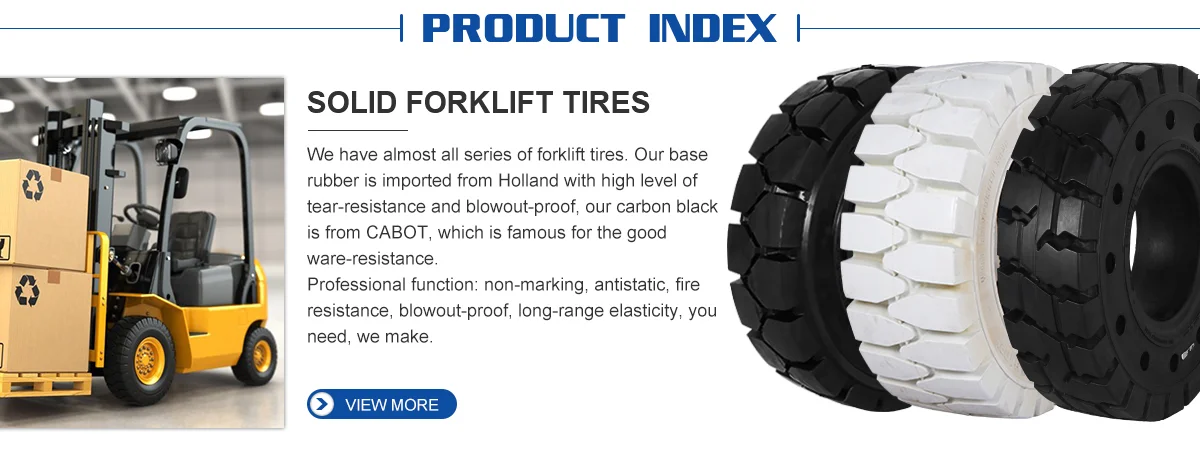 The high cleaning efficiency is due to the following:
The high cleaning efficiency is due to the following:
These features allow you to safely remove dirt from the floor. Due to the high speed, self-cleaning occurs, which ensures constant cleaning efficiency. With a small amount of loose dirt, sweeping the surface can be dispensed with, as the counter-clockwise rotating roller brushes transfer coarse dirt to the built-in dirt collector. nine0003
Scrubbers
Sweepers/suction sweepers
Cylindrical pads
Cylindrical brushes
FloorPro RM 754 General Cleaner
FloorPro Extra RM 752 Intensive General Cleaner
FloorPro Tire Mark Remover RM 776
FloorPro Industrial Cleaner RM 69
Polished concrete floors, like all floor coverings, require constant maintenance, which consists of cleaning and washing the surface.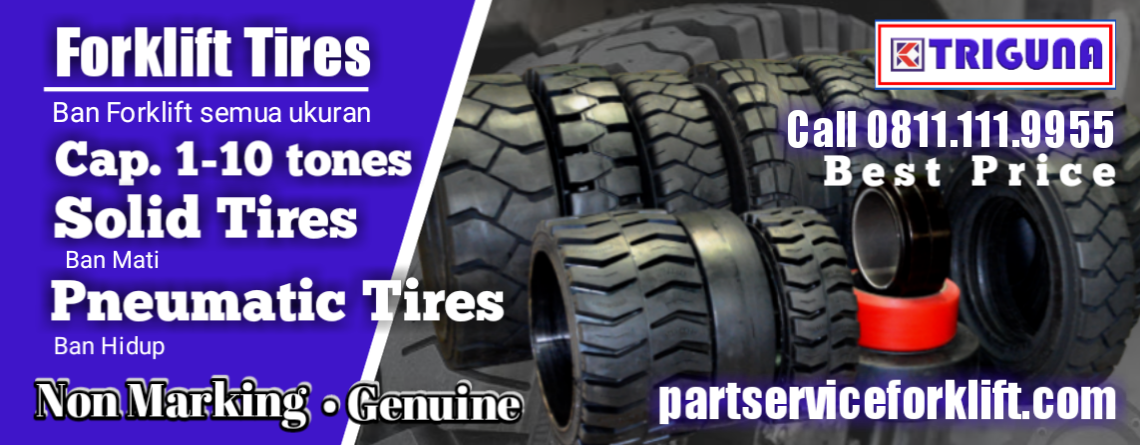 But the coating of the coating is different, and in the case of polished concrete surfaces, you need to carefully choose the means to clean them. No one will use scrubbing machines in a residential building, here you can get by with a mop and a rag, but in such premises as the huge halls of shopping centers or train stations, airports, cleaning is done only with the use of cleaning equipment. nine0094
But the coating of the coating is different, and in the case of polished concrete surfaces, you need to carefully choose the means to clean them. No one will use scrubbing machines in a residential building, here you can get by with a mop and a rag, but in such premises as the huge halls of shopping centers or train stations, airports, cleaning is done only with the use of cleaning equipment. nine0094
Considering the high traffic in such places, plain water is indispensable. You need special tools that will help you quickly bring the floor to its proper form without damaging the polished surface.
When installing a polished concrete floor, in addition to cement, fillers and water, special additives are introduced into the mortar, which improve its technical characteristics in terms of impact resistance, frost resistance, temperature changes, resistance to chemicals and other factors. Depending on the chosen technology, these can be polymer, acrylic or epoxy additives.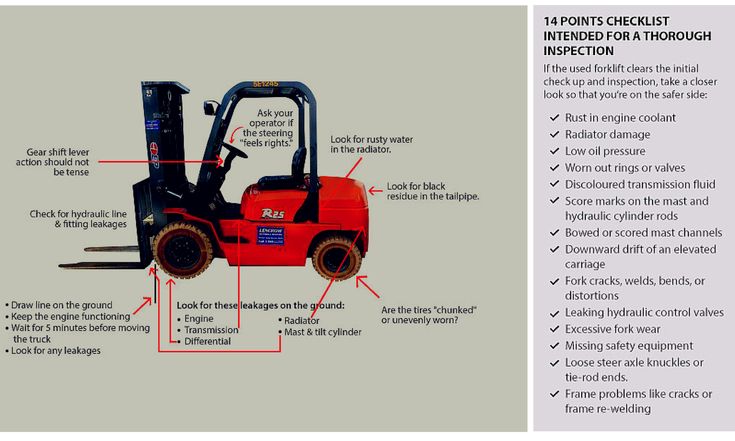 nine0003
nine0003
Therefore, it is essential to choose a cleaning agent that cannot harm these substances and damage the top layer of the polished concrete floor. First of all, you need to know what impregnations were used when installing a polished floor. This should be reflected in the contract with the company that was engaged in the installation of the floor. A self-respecting company will always give recommendations on how to care for its product or offer to use its products.
Quite often there are situations when ordinary cleaning agents that everyone uses in everyday life, when used as a cleaner for a polished concrete floor, cause the formation of various defects. And even surfaces that have been hardened and stain-resistant during the polishing process can also be easily damaged by household cleaners. nine0003
In general, all cleaners are designed to remove dust and dirt, thereby creating smooth and shiny surfaces.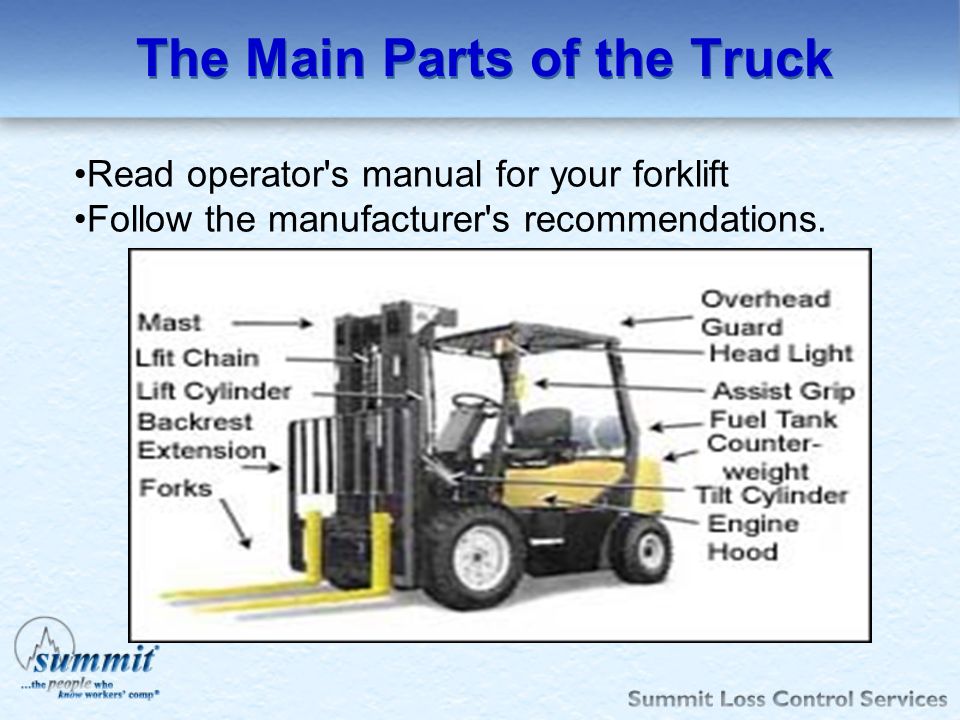 Those preparations that are intended specifically for cleaning polished concrete include in their composition some part of a substance called a "compact". It is used in the production of work to strengthen the top layer of the concrete surface, but, of course, not in such concentrations as in the liquid intended for washing this floor. When added to water, a polished concrete floor retains all of its strength and abrasion resistance properties. nine0003
Those preparations that are intended specifically for cleaning polished concrete include in their composition some part of a substance called a "compact". It is used in the production of work to strengthen the top layer of the concrete surface, but, of course, not in such concentrations as in the liquid intended for washing this floor. When added to water, a polished concrete floor retains all of its strength and abrasion resistance properties. nine0003
The industry now offers consumers a wide variety of cleaners for just about anything, and polished concrete flooring hasn't been left out. For example, the product line from the American company Crete Colors is represented by the following types of cleaning and washing agents designed specifically for polished concrete.
This product allows you to clean any polished concrete surface, regardless of the amount of accumulated dirt. It can be used in any premises, from production workshops, warehouses, and ending with educational, medical institutions, not to mention public places. The composition of the drug includes lithium silicate, which is used in the production of polished floors as its hardener. Therefore, this tool not only cleans the surface of polished concrete, but also gives it additional protective properties. nine0003
The composition of the drug includes lithium silicate, which is used in the production of polished floors as its hardener. Therefore, this tool not only cleans the surface of polished concrete, but also gives it additional protective properties. nine0003
However, the presence of lithium in the composition does not mean that this preparation can only be used for those surfaces where lithium was used as a hardening impregnation.
C 2 Maintenance can be used successfully on any concrete floor containing other types of impregnations. You can use this product without fear for people's health, since it does not contain any solvents, does not emit odors, and is based on water. nine0003
C 2 Maintenance is an environmentally friendly product and can even be used to clean polished concrete floors in food production areas. The drug solution looks like a colorless transparent liquid, without any sediment, with an acidity of 9.87 pH. Belongs to the class of low combustible materials, its ignition temperature is +93 degrees.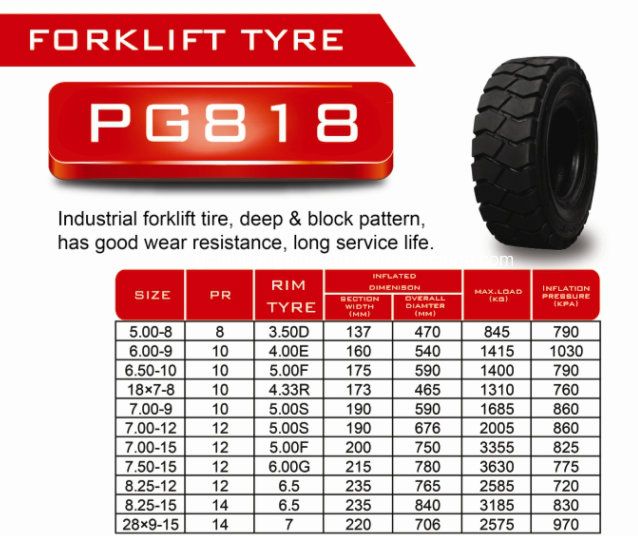 In hermetically sealed original containers can be stored for two years.
In hermetically sealed original containers can be stored for two years.
C2 Maintenance Specifications
Before using this preparation for cleaning the floor, it must be added in the amount of 120 ml per 10 liters of water. It is not necessary to rinse the floor with clean water after applying C 2 Maintenance.
C 2 Clean was developed recently and is intended both for simple cleaning of contaminated polished concrete surfaces, and for removing large accumulations of dirt, and not only from concrete. It is also suitable for cleaning ceramic tiles, stone and brick surfaces. nine0003
It can be used for cleaning large areas of industrial and production halls, as well as at home for cleaning small surfaces of concrete, tiles. With an increase in the concentration of the solution, the drug can be used to clean super-contaminated surfaces of concrete floors, bricks, and metal. This drug, like the previous one, is water-based, does not contain solvents and other substances hazardous to human health.
Being an environmentally friendly and safe product, C 2 Clean can be used for hygienic purposes in the food industry. Unlike the first drug, this one has a greenish color and can be stored in its original packaging for 3 years.
Technical characteristics of C2 Clean
Another representative of the family of cleaners and detergents is also produced by the American company Crete Colors, but is no longer intended just for cleaning surfaces of polished concrete floors, but also for their preparation before grinding or polishing with simultaneous hardening of the surface layer. This is a stronger tool that can remove traces of car tires from the surface of a polished concrete floor, worn-out protective films made of acrylic, wax and other substances. nine0003
For normal floor cleaning, the preparation is diluted with water; if necessary, to remove heavy dirt, it can be used as a concentrated solution. C 2 Remove can be used if lithium-based additives have been used as concrete floor hardeners. In other cases, specialist advice is necessary.
In other cases, specialist advice is necessary.
Specifications for C2 REmove
The solution is colorless, has a slight odor and is reminiscent of citrus. In general, this water-based drug is an environmentally friendly product in terms of safety. Just like the previous products, it does not contain any solvents, it is fireproof, and can be used in food industry premises. The shelf life of the drug in its original packaging is up to 2 years. nine0003
Produced in Sweden, it is intended for cleaning and impregnating polished concrete surfaces. It protects polished concrete from losing its original color, forms a dirt-repellent film on its surface, thereby facilitating the work of cleaning it. With constant use of the drug, the concrete floor acquires a natural natural shine, characteristic of marble materials, does not allow dirt and dust to penetrate into the pores of the concrete, and resists the sliding effect. After cleaning the floor with this preparation, no water stains will remain on its surface.